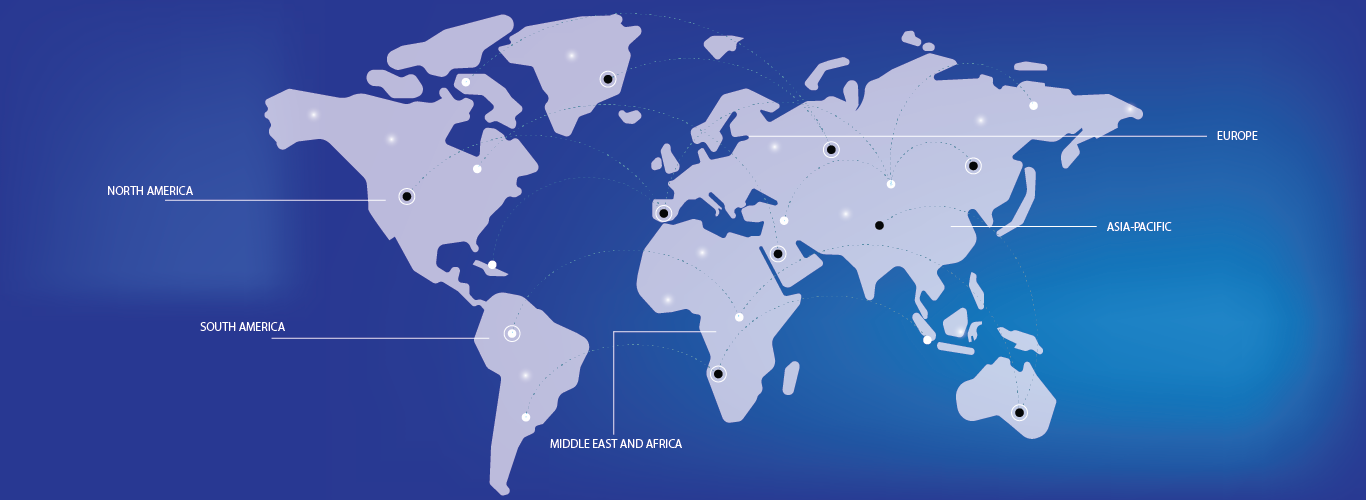- Biodegradable plastics have gained widespread acceptance due to their eco-friendly composition, versatility, and high-performance properties, driving demand across packaging, agriculture, and automotive industries. Their ability to reduce plastic waste, lower carbon footprint, and support circular economy initiatives has reinforced their significance in sustainable manufacturing
- The market is primarily driven by rising consumer awareness, stringent government regulations, and the increasing adoption of compostable packaging solutions. In addition, advancements in polymer technology and investments in bioplastic production are accelerating industry growth
- For instance, in China and India, the demand for biodegradable packaging has surged due to plastic ban, e-commerce expansion, and growing investments in bio-based materials
- Globally, biodegradable plastics continue to play a pivotal role in environmental sustainability, with innovations such as bio-based resins, compostable biopolymers, and enhanced production techniques driving market expansion and long-term adoption




